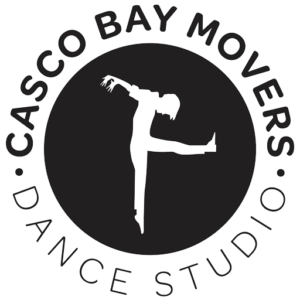Intermediate Limon with Wendee Rogerson is moving to Fridays at 9 am beginning Friday, February 12.
About Wendee: Wendee Rogerson began her professional dance career at the age of thirteen, training with the Royal Winnipeg Ballet. As she discovered her passion for modern dance, Wendee went on to train and perform with The Toronto Dance Theater. In 1991 she moved to New york City to study with Risa Steinberg of The Jose Limon Dance Co. Wendee has been a member of The Carolyn Dorfman Dance Company ( CDDC ) for the last 15 years, touring the US and Europe and also served as the rehearsal director. When Wendee is not dancing, she is a Pilates and fitness instructor and runs her own studios in Scarborough and Stonington, Maine.
About Limon Technique: The Limón technique is based upon the movement style and philosophy of theater developed by modern dance pioneers, Doris Humphrey and Charles Weidman. In the early 1930s, both Weidman and Humphrey developed a dance vocabulary that worked in opposition to the strict rules of classical ballet. Their intention was twofold: to demonstrate human emotions in a less stylized manner than ballet; and to incorporate in their work the natural movement patterns of the body and its relation to gravity. Limón further developed their ideas for his own work and technique.
The Limón technique is divided among various physical extremes: fall and recovery, rebound, weight, suspension, succession and isolation. These ideas can be illustrated in the way a dancer uses the floor as a place from which to rise, return to and then rise from again. The way a dancer explores the range of movement between the one extreme of freedom from gravity and the other of falling into it; for example, the moment of suspension just as the body is at the top of a leap, and the moment the body had fallen completely back to the earth. There are many words and ideas that are immediately associated with the Limón technique, i.e. its humanism, its use of breath, musicality, lyricism and its dramatic qualities; however, the overwhelming consensus is that through the movement is always demonstrated some physical expression of the human spirit.
